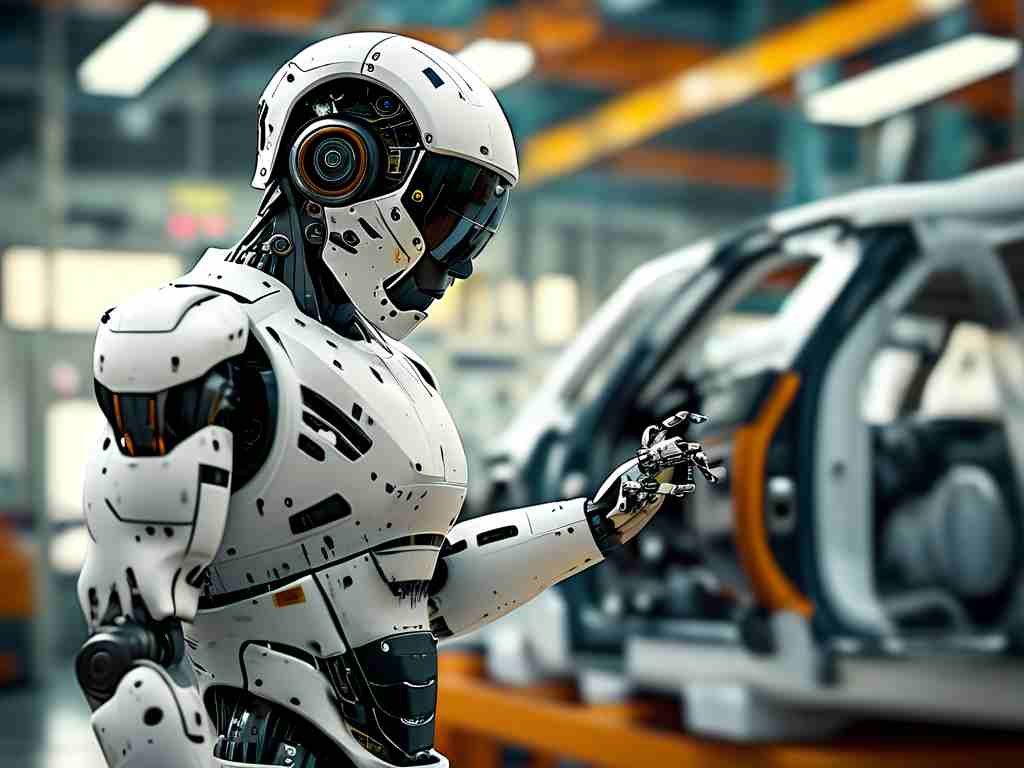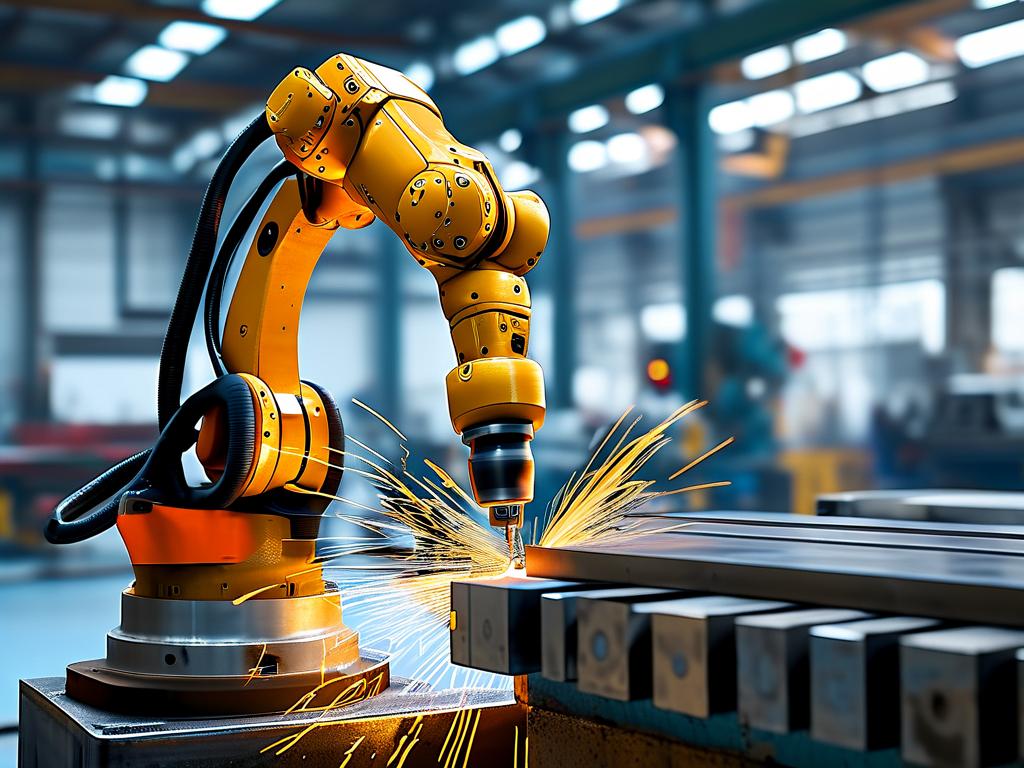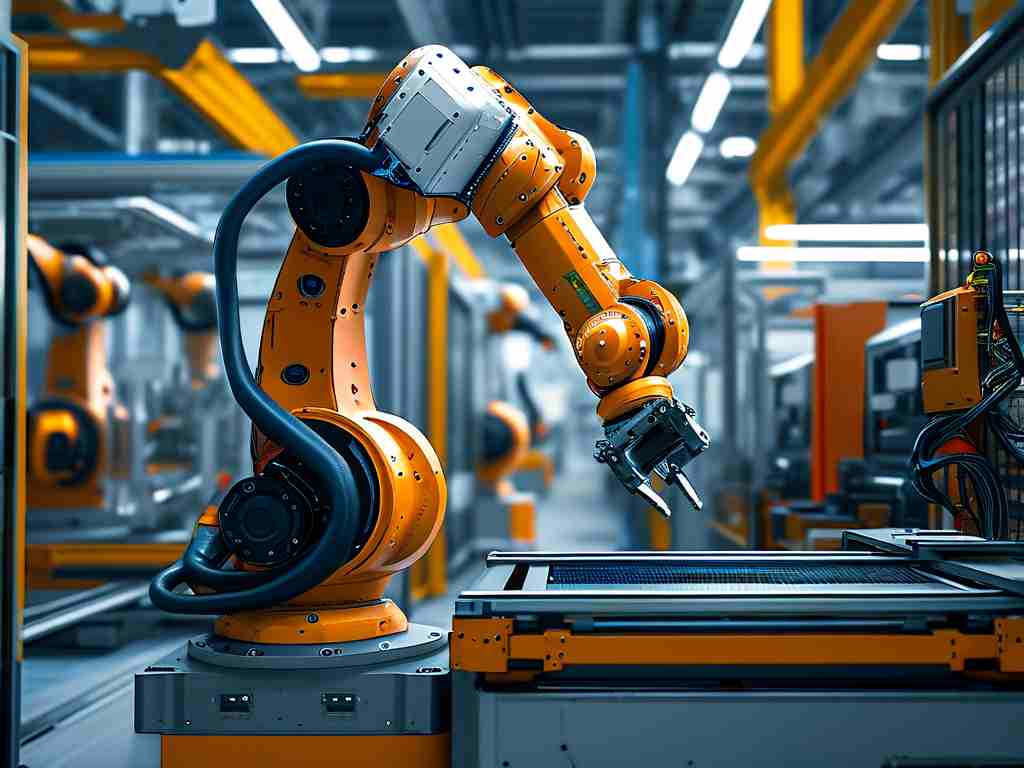The logistics industry is undergoing a seismic shift as robotic moving technology emerges to redefine traditional relocation processes. From residential moves to corporate logistics, automation is streamlining operations while addressing labor shortages and rising costs. This article explores how robotics integrates into moving workflows, its practical applications, and the challenges shaping its adoption.

At its core, robotic moving systems combine autonomous navigation, computer vision, and adaptive gripping mechanisms. Companies like RoboMovers Inc. have developed wheeled units capable of lifting 500kg payloads while dynamically adjusting to irregularly shaped objects. These machines use LiDAR and 3D spatial mapping to navigate staircases and narrow corridors—a critical advancement over earlier models limited to flat warehouses.
One groundbreaking application involves collaborative robots (cobots) working alongside human crews. At Shift Logistics, cobots handle repetitive tasks like box stacking and furniture wrapping, reducing physical strain on workers. This hybrid model has decreased workplace injuries by 42% according to their 2023 safety report, while improving packing efficiency by 27%.
The technology extends beyond physical labor. AI-powered inventory systems now automatically catalog items during packing using RFID tags and image recognition. When deployed by MoveSmart Solutions in Chicago, this system reduced lost items during transit by 68% compared to manual tracking methods. Clients receive real-time digital inventories accessible through mobile apps, complete with photos and condition reports.
Autonomous moving trucks represent another frontier. Startups like HaulAuto have tested self-driving vehicles that optimize route planning using real-time traffic data and weather patterns. During pilot programs in Texas, these trucks achieved 15% faster delivery times than human-driven counterparts while cutting fuel consumption by 22% through predictive acceleration algorithms.
However, technical hurdles persist. Fragile item handling remains a complex challenge, prompting innovations like pressure-sensitive grippers and adaptive packaging systems. Engineers at MIT recently demonstrated a robotic arm that adjusts grip strength mid-lift based on object material feedback, successfully transporting glassware with 99.3% success rates in controlled tests.
Public acceptance forms another critical barrier. A 2024 survey by Logistics Today revealed 61% of consumers still prefer human movers for high-value items. To address this, companies are implementing transparency features like live robot camera feeds and instant human override options.
The economic implications are profound. While initial robotic system investments average $250,000 per unit, operators report 40-60% long-term cost reductions through 24/7 operational capacity and minimized errors. This is particularly transformative for international moves—automated customs documentation systems can process paperwork 80% faster than manual methods.
Ethical considerations around workforce displacement continue to spark debate. Industry analysts suggest a net job creation effect, with the Global Robotics Institute forecasting 2.3 million new tech maintenance and supervisory roles by 2030. Vocational training programs are emerging, such as MoveTech Academy's certification course in robotic fleet management.
Looking ahead, integration with smart home ecosystems presents exciting possibilities. Imagine refrigerators autonomously disconnecting and sealing themselves before a move, or wardrobe bots coordinating with closet robotics to pack clothing. Early-stage prototypes of such systems are already undergoing beta testing in Japan's smart cities.
As regulatory frameworks evolve to address autonomous logistics, one truth becomes clear: robotic moving technology isn't about replacing human expertise, but augmenting it. The future belongs to teams where human problem-solving skills combine with robotic precision—a partnership redefining what's possible in relocation services.









